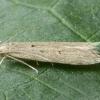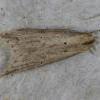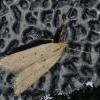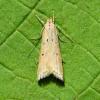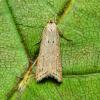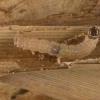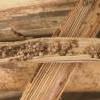35.029 Brachmia inornatella (Douglas, 1850)
Status and Distribution
Very local species found mainly in East Anglia where it can occasionally be present in good numbers; less frequently in south and south-east England.
In 2024, a singleton was light trapped in south Wiltshire in atypical habitat and outside the moths known geographical range. This may possibly be indicative of a localised dispersal from an unknown breeding site or, perhaps less likely, longer distance movement.
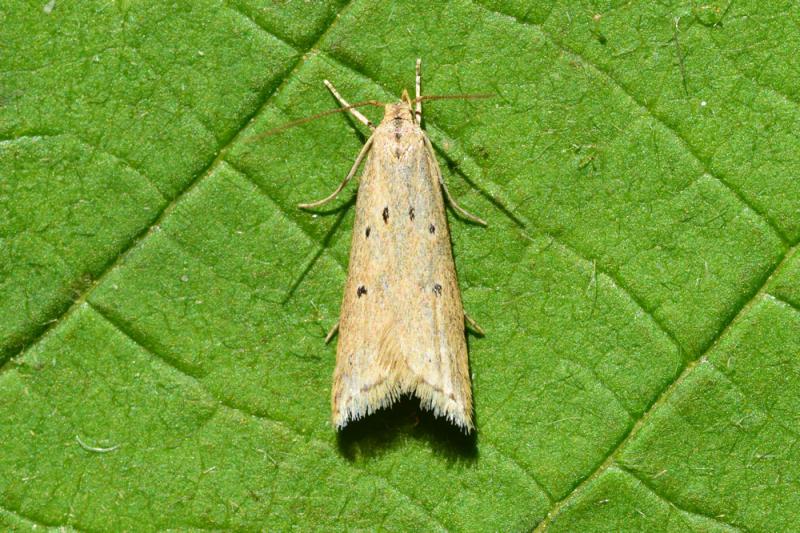
Provisional map
Foodplant and Larval Feeding Signs
Phragmites australis (common reed).
There are no obvious external signs in the winter where it feeds within the upper section of a dead stem.
In the autumn a dead larva, probably of this species, was found in a stem adjacent to leaf shoots that looked slightly withered and discoloured (M. Wall in Sterling, Wall and Langmaid, 2013).
Habitat
In fens and beds of common reed of varying sizes, possibly preferring, but not restricted to, unmanaged beds.
Finding the Moth
Larva: feeds and overwinters in the upper section of a dead stem of common reed, above a shoot, from a finely woven silk pad and amongst the leaf litter on the ground. Carefully parted dead leaves of the shoots and decaying reed leaves on the surface of the litter layer will contain scattered pale brown frass and a little silk if a larva is present.
Adult: flies at dusk and later comes to light placed in amongst or very close to the larval foodplant.
Similar Species
May be confused with worn and faded Helcystogramma lutatella but that species has a more rounded apex to the forewing. At present there is no known overlap in the breeding populations of these two species.
Single-brooded from late May to early August.

